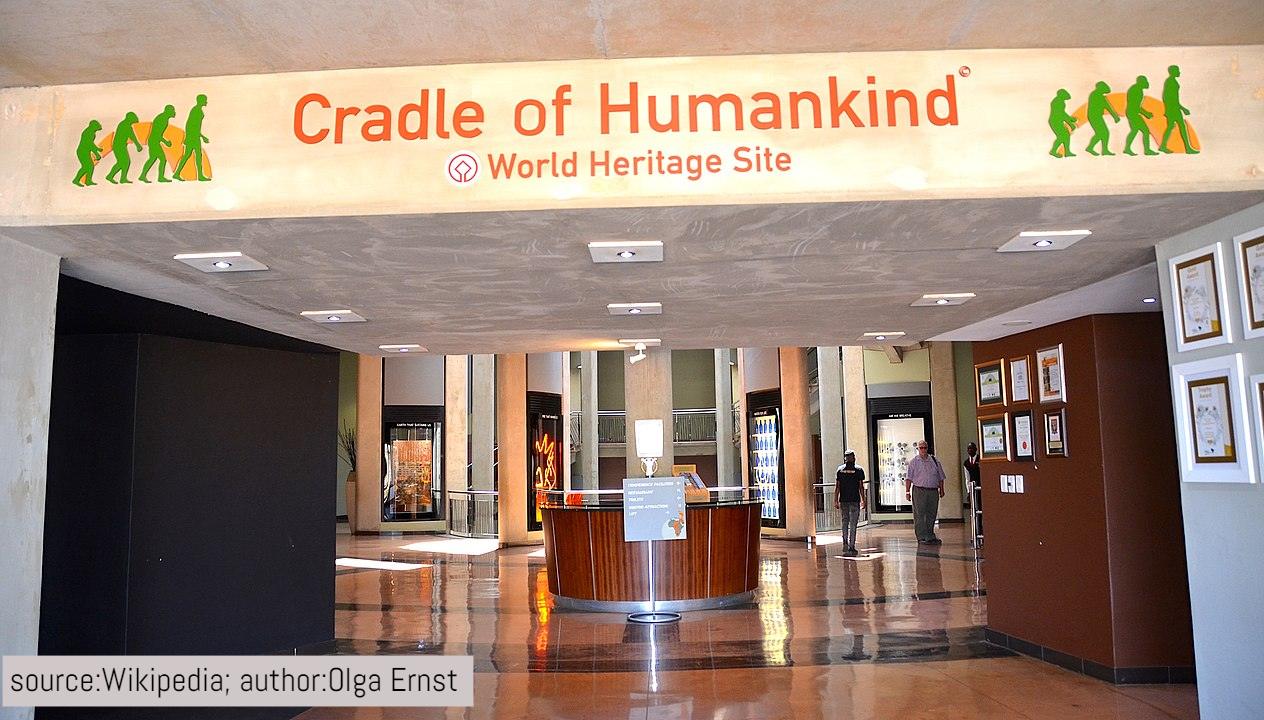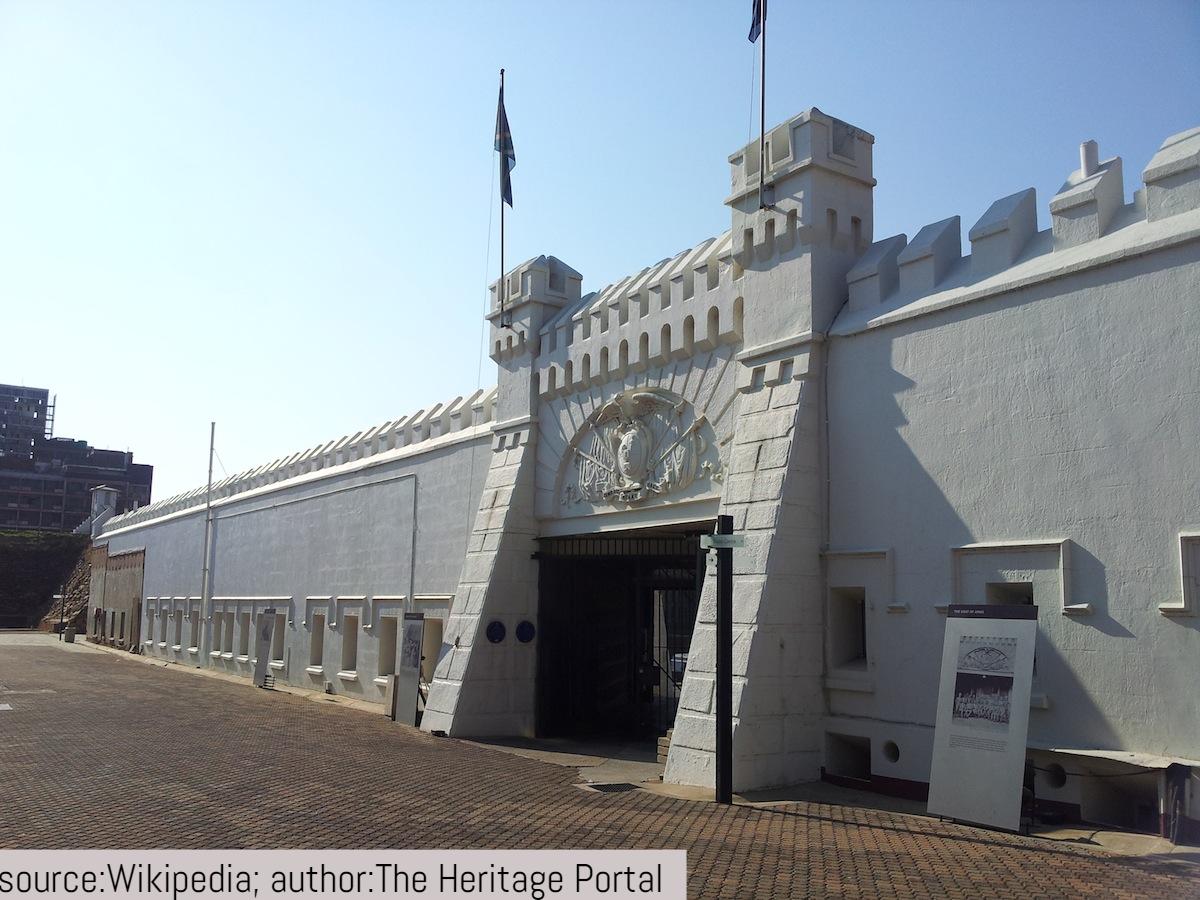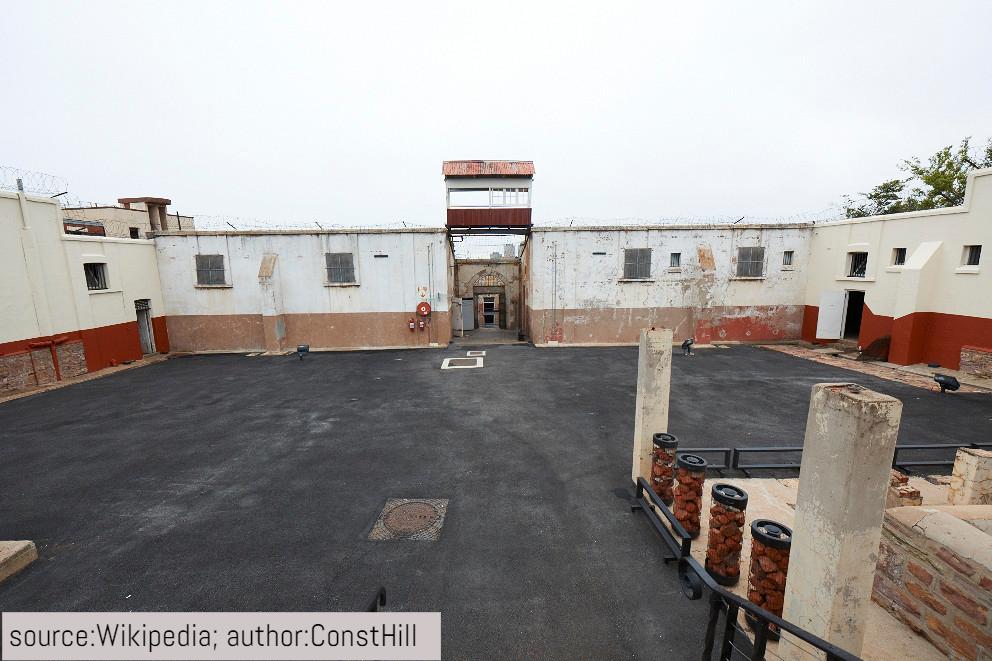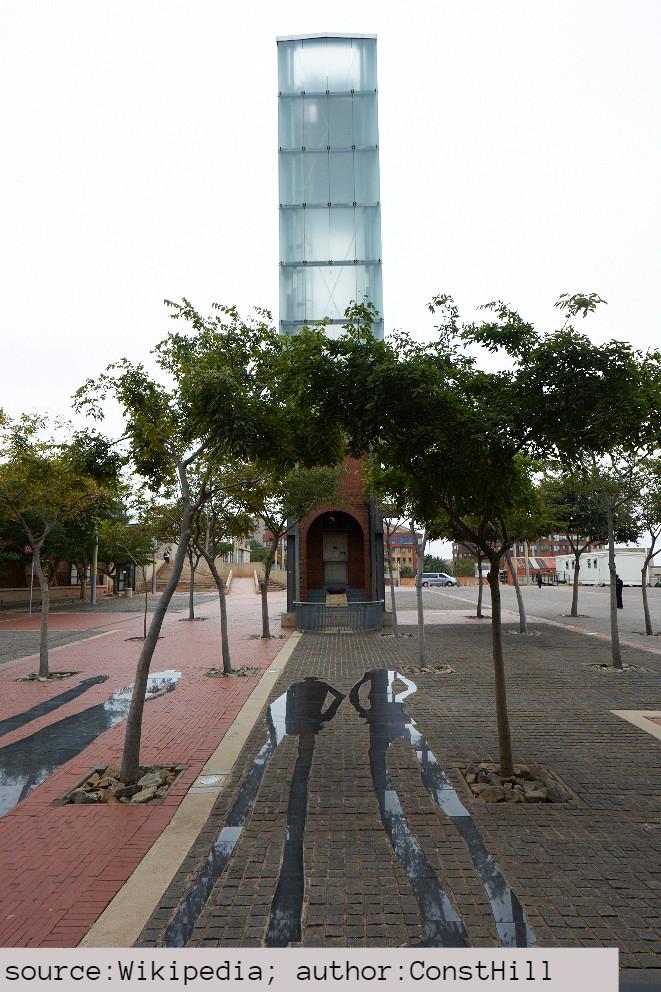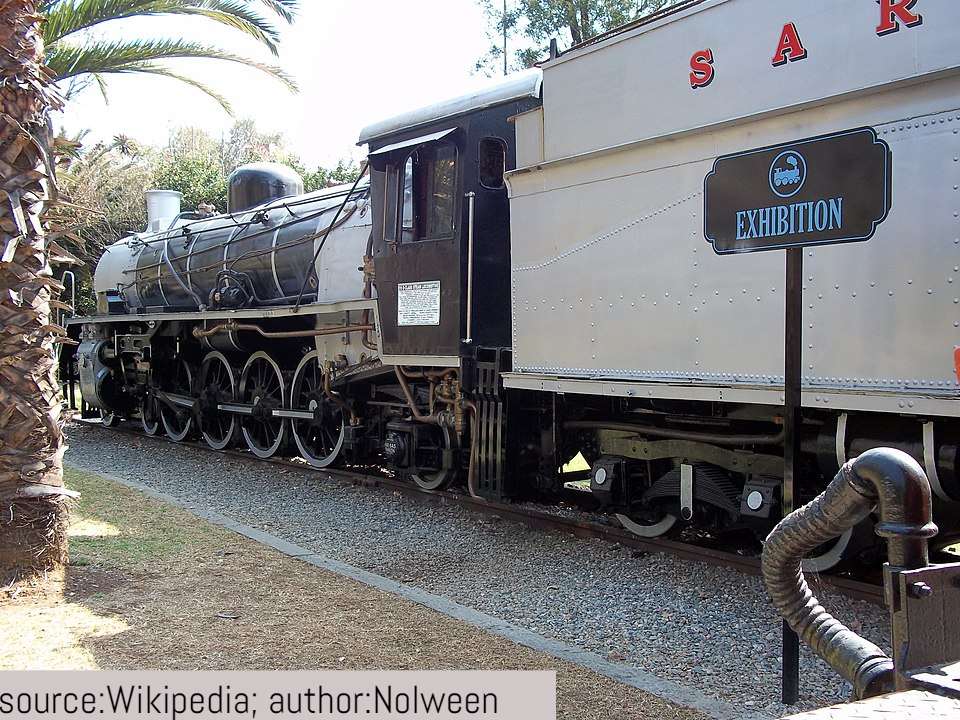Cradle of Humankind
Share this attraction
Back

Cradle of Humankind
Johannesburg
Cradle of Humankind - the most important information
The paleoanthropological site self-proclaimed as the Cradle of Humankind is located about 50 km northwest of Johannesburg, South Africa, in the Gauteng province. Declared a World Heritage Site by UNESCO in 1999, the site currently occupies 47,000 hectares and contains a complex of limestone caves. The registered name of the site in the list of World Heritage Sites is Fossil Hominid Sites of South Africa. This place is widely recognized as the place from which all of humankind originated. The 47 000-hectare sites have unearthed the best evidence of the complex journey that our species has taken to make us what we are – and is, therefore, a place of pilgrimage for all humankind. The area is not only a place of ongoing scientific discovery into our origins but also a place of contemplation.
History of the Cradle of Humankind
In 1935, Robert Broom found the first ape-man fossils at Sterkfontein and began work at this site. The Sterkfontein Caves were the site of the discovery of a 2.3-million-year-old fossil Australopithecus africanus (nicknamed "Mrs. Ples"), found in 1947 by Robert Broom and John T. Robinson. The find helped corroborate the 1924 discovery of the juvenile Australopithecus africanus skull known as the "Taung Child", by Raymond Dart, at Taung in the North West Province of South Africa. He then initiated his three-decade work at Swartkrans cave, which resulted in the recovery of the second-largest sample of hominid remains from the Cradle. The oldest controlled use of fire by Homo erectus was also discovered at Swartkrans and dated to over 1 million years ago. Later on, the excavations continued and some of the discoveries were special. This is still an archeological site but on 7 December 2005, South African President Thabo Mbeki opened the new Maropeng Visitors Centre at the site.
What to see in the Cradle of Humankind?
This site covers a huge area, and here you can see everything that you hope for. Nearby, but not in the site, the Rising Star Cave system contains the Dinaledi Chamber (chamber of stars), in which were discovered fifteen fossil skeletons of an extinct species of hominin, provisionally named Homo Naledi. There are some areas that we are going to suggest to you so you can organize your trip more successfully:
- Maropeng Visitor Center - Here you can see different exhibitions and a lot of information that you can see. These are some of the exhibitions and themes that you can find here: The beginning of the world, The Cradle of Humankind World Heritage Site, The Cradle's evolving landscape, Fossil sites in the Cradle of Humankind, The formation of the Earth’s continents, The development of life on Earth. Introduction to DNA etc.
- Sterkfontein Caves - The scientific exhibition center showcases a reconstruction of a mined cave (versus a pristine cave), cave formations and geology, early life forms, mammals, and hominid fossils. It describes in detail important finds such as “Mrs. Ples”, the “Taung Child” and “Little Foot”, as well as providing information about fossilization, paleobotany, and landscapes.
What should you know before visiting the Cradle of Humankind?
- Please arrive at leave 15-minutes before your booked time slot. If you arrive late, your ticket will be forfeited without a refund.
- They will also need to take down your contact details at the entrance.
- All tickets must be booked online. We do not sell tickets on-site.
- Be sure to wear comfortable shoes. The cave tour is not suitable for people who suffer from claustrophobia. Due to the nature of the caves, the tour is regrettably not wheelchair-friendly.
- Guided tours of the caves take place every half-hour, seven days a week.
Opening hours and tickets for the Cradle of Humankind
- Opening hours: Days: This exhibition is open on Fridays, Saturdays, and Sundays. Maropeng Visitor Center is open 09h00 - 16h30 (final tour at 16h30) and Sterkfontein Caves 09h00 - 16h00 (final tour at 16h00).
- Tickets: A tour of the Maropeng Visitor Center Exhibition and tour of the Sterkfontein Caves and the exhibition at Sterkfontein costs 6 USD a piece for all visitors over the age of six, and for younger kids, the admission is free.
Please note that the prices can be changed and that working hours can be different relating to the specific time of the year. So it would be best if you look up the official website of the Cradle of Humankind and book your tickets here before going.
How to get to the Cradle of Humankind?
The Cradle of Humankind is a paleoanthropological site 50 kilometers northwest of Johannesburg, Gauteng, South Africa. There are some local tours in Johannesburg and you can see them outside and see which one suits you the most. The best is to visit during daylight hours. There are 2 ways to get from Johannesburg to Malapa Fossil Site, Cradle of Humankind by bus:
- Take the bus from Harrison Street to Beyers Naude & Princess Street C4.
- Travel from Beyers Naude & Princess Street to Malapa Fossil Site, Cradle of Humankind.
The Cradle of Humankind trivia
- The name Cradle of Humankind reflects the fact that the site has produced a large number of (as well as some of the oldest) hominin fossils ever found, some dating back as far as 3.5 million years ago.
- The first, and so far only, direct association between Homo ergaster (Stw 80) and early Acheulean tools, at Sterkfontein, is found here.
- The oldest stone tools (Oldowan) in Southern Africa, at Sterkfontein, are found here.
- Here has been found the only virtually complete Australopithecus skeleton, “Little Foot”.
- The longest sample of Australopithecus africanus fossils (at Sterkfontein) is found here.
- The longest sample of Paranthropus robustus fossils (at Swartkrans) is also found here.
Location
Learn more about this destination
Discover the beauty of the destination through blogs that highlight the most famous landmarks, hidden gems, and provide travel tips for visiting this destination. Embark on an adventure through the stories of experienced travelers.

